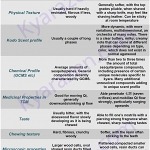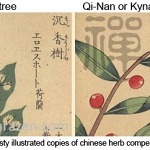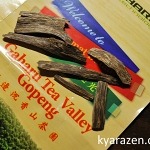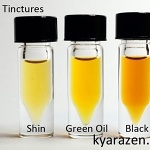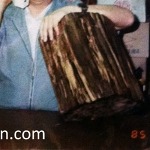Agarwood beads are amongst the hardest to verify amongst all agarwood related products., This is due to the way the beads are made, spun, polished etc.
The ultimate way to verify a bead, is just to split it into half, check the grain, resination, and to heat it on a heater at various temperatures. But as this process damages the bead, and renders it irreversibly chipped with spoilt aesthetics etc, many people are often discouraged to verify beads these way.
Without this most powerful “tool” in verification, it allows for all sorts of products to sneak into the market, even fooling experts sometimes. Beads are also very profitable, pick up any agarwood beads, weigh them, you might see weights like 4-5 grams for small bracelets, 15 grams for small beaded necklaces, 25-30 grams for sinking large bead bracelets etc. The price ratios commanded are often in the range of hundreds of dollars per gram. This is agarwood, not kyara, and yet the price in this product format is that high.
Beads are also the easiest to fake, I’ve personally studied and even.. developed for my own hobby research purposes, many ways to “fake” and make low quality agarwood beads seem high valued/of high quality. If you do not know how to fake something and make it look real, you will never have the experience to be able to verify the authenticity of things 🙂 I smile sometimes are some famous sites/people talking about beads and yet showing the picture of something that I could tell easily to be unreal and processed by a certain method etc..
I cant correct these people, I probably wont either because its such a uphill battle against the incredibly “self righteous” and superb “story tellers”.
Nevertheless, let me show you one of the mechanisms that had fooled a couple of experienced agarwood hobbyists. Putting a low quality malaysian bead (left in picture is unprocessed) through one of my processes, I could easily turn the bead into something that looks to be of “higher quality” (right in picture), and into another price bracket.. just a few minutes. If only you could see the bead in person and chip the surface of the “processed” one for heating, you will be able to clearly smell the accurate aroma of vietnamese aloeswood, using a malaysian bead as a starting material. With other adaptations and methods I can easily vary the color, the density, the style and depth of resination etc.
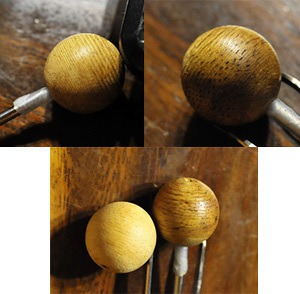
The aim of this post is just to show you how dangerous and challenging beads are. Do not ever consider EATING or making drinks out of beads, its very much more riskier than wood chips, and you do not know what sort of chemicals you are consuming, possibly poisoning yourself.
